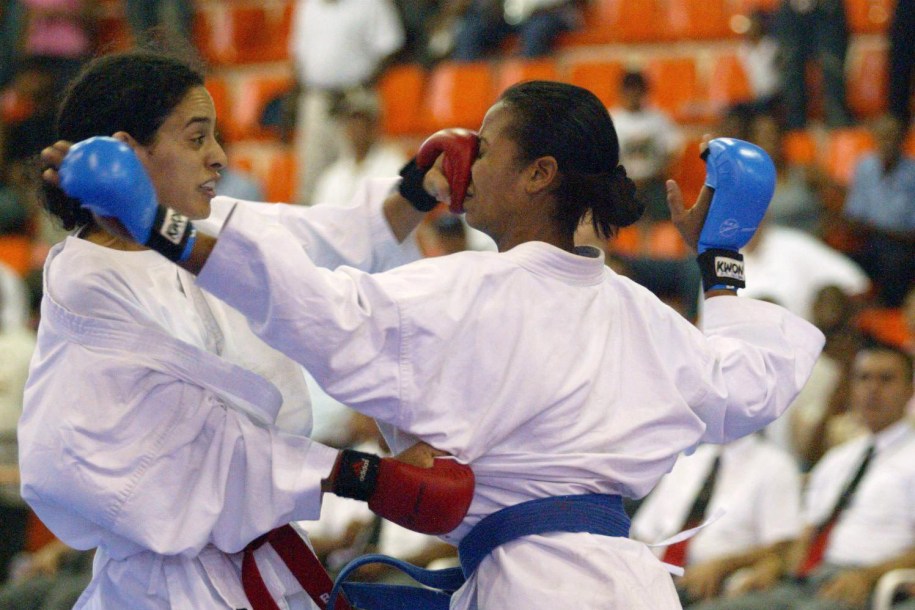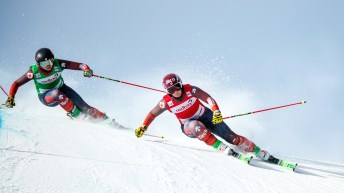Blackbelts Set for Battle
With the XVI Pan American Games coming up this October, a unique group of teams will represent Canada in Guadalajara, Mexico. All summer long, we profile the nine sports in which Canada competes only at the Pan American Games.
Self-defence sports come in many forms, but only one can call the Pan American Games their grandest stage.
While the two-week event this fall features three types of martial arts, the karate event will showcase the highest level of their competition. That’s because the other two – judo and taekwondo – are also contested at the Olympic Games. This unique situation gives karate athletes the chance to display their thrilling moves, knowing the stakes are never greater.
“Karate is very dynamic. It has a lot of movement and footwork – in and out of the bubble of your opponent” said Rebecca Khoury, President of Karate Canada. “You have a short period of time once you grab your opponent to do a technique, or to do a follow-up. That’s why it remains very explosive.”
Typically, a karate bout lasts two minutes for women and three for men, and the competitors may use a variety of moves to take down their respective opponent. The athletes can choose from either hand or feet techniques, as long as they execute the hit above the belt. The one exception is the sweep, where one has the option to sweep his or her opponent’s leg, in order to take them down. At that point, the referee may wish to stop the match – which is stop-timed – to award either a point or a penalty. When this occurs, the clock is briefly frozen, before resuming the match.
Though karate is considered a martial art, it does not share many similarities with the other two you will see in Guadalajara. In general, karate is more akin to taekwondo, but the matches are shorter (with one round, as opposed taekwondo’s three) and the contact is also more controlled between the two individuals.
“The problem sometimes is that we compare these sports because they kind of look the same and we don’t really know them, but it’s like comparing tennis, squash and racquetball,” said Khoury. “Taekwondo is concentrated on kicking techniques mostly, and because of the rules and the protection gear that they’ve got, they’re a full contact sport, whereas for karate – we’re in what we call ‘touch contact.’ In taekwondo – you can knock out (your opponent). In karate, if you knock (your opponent) out, you get disqualified.”
Currently, Canada is confirmed to be represented in four of the ten Pan American Games weight classes. The Pan Am team consists of male heavyweight Shaun Dhillon, middle heavyweight, (-84 kg) Sorin Alexandru, female heavyweight Olivia (Pat) Grant and -61 kg Goli Khalili. Dhillon, who won gold at the North American Cup in June, continues his comeback from an injury, while both Sorin and Grant won medals at the Pan Am Championships one month prior.
In addition to this quartet, Canada will potentially add two more names to the roster. If she joins, Jennifer Guillette (-55 kg) will be the veteran of the squad, having competed at the most recent Pan Am Games in Rio de Janeiro. The final spot may go to -50 kg Jusleen Virk, who would be at her first Games.
After an impressive performance in Rio, where Canada battled their way to three medals for just four athletes, and nearly captured the fourth, there are high hopes for this group in 2011. Khoury says she believes in the team and feels they have the ability to better the finish from four years ago.
“I expect 100 per cent ratio of success,” said Khoury. “(Meaning) every single one of them to get a medal.”




